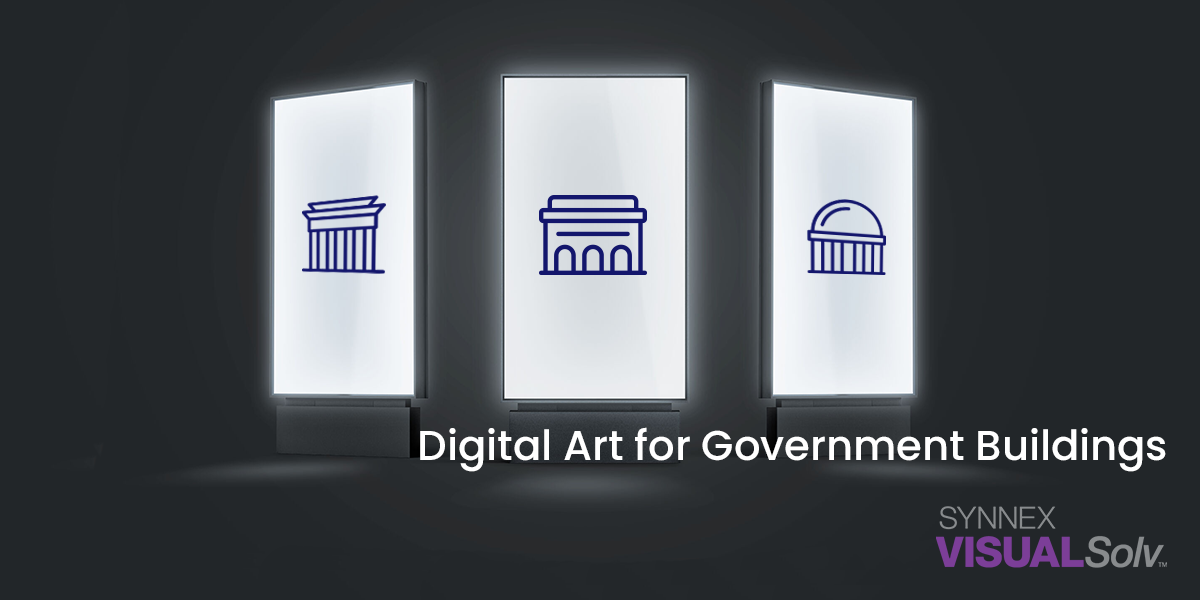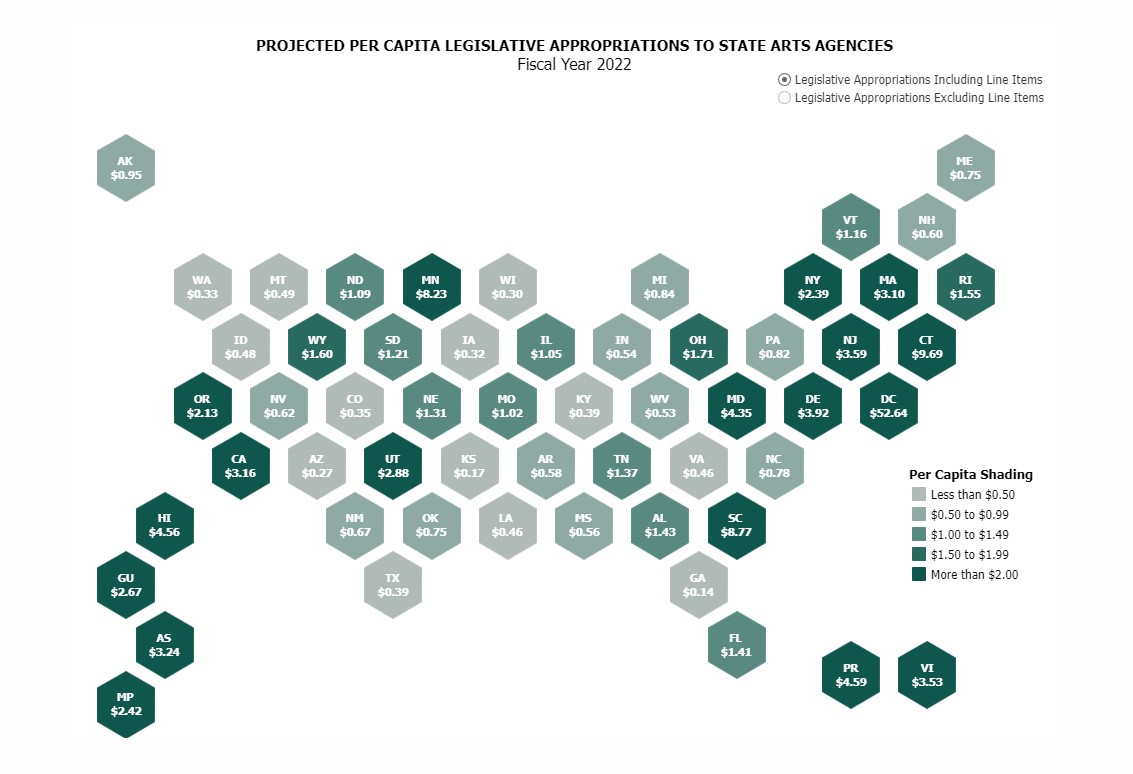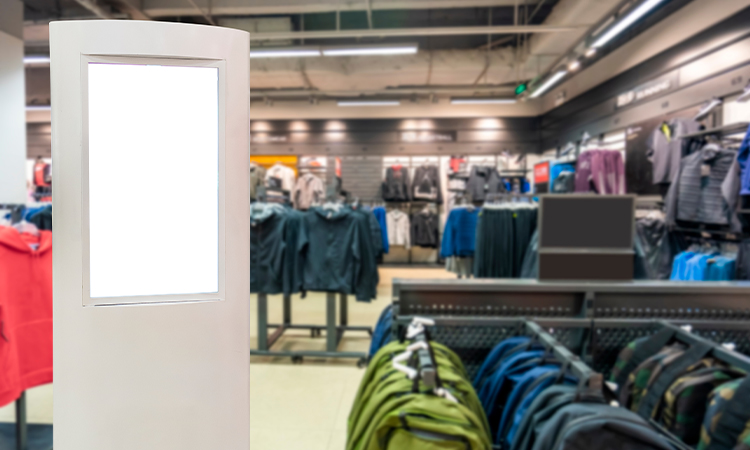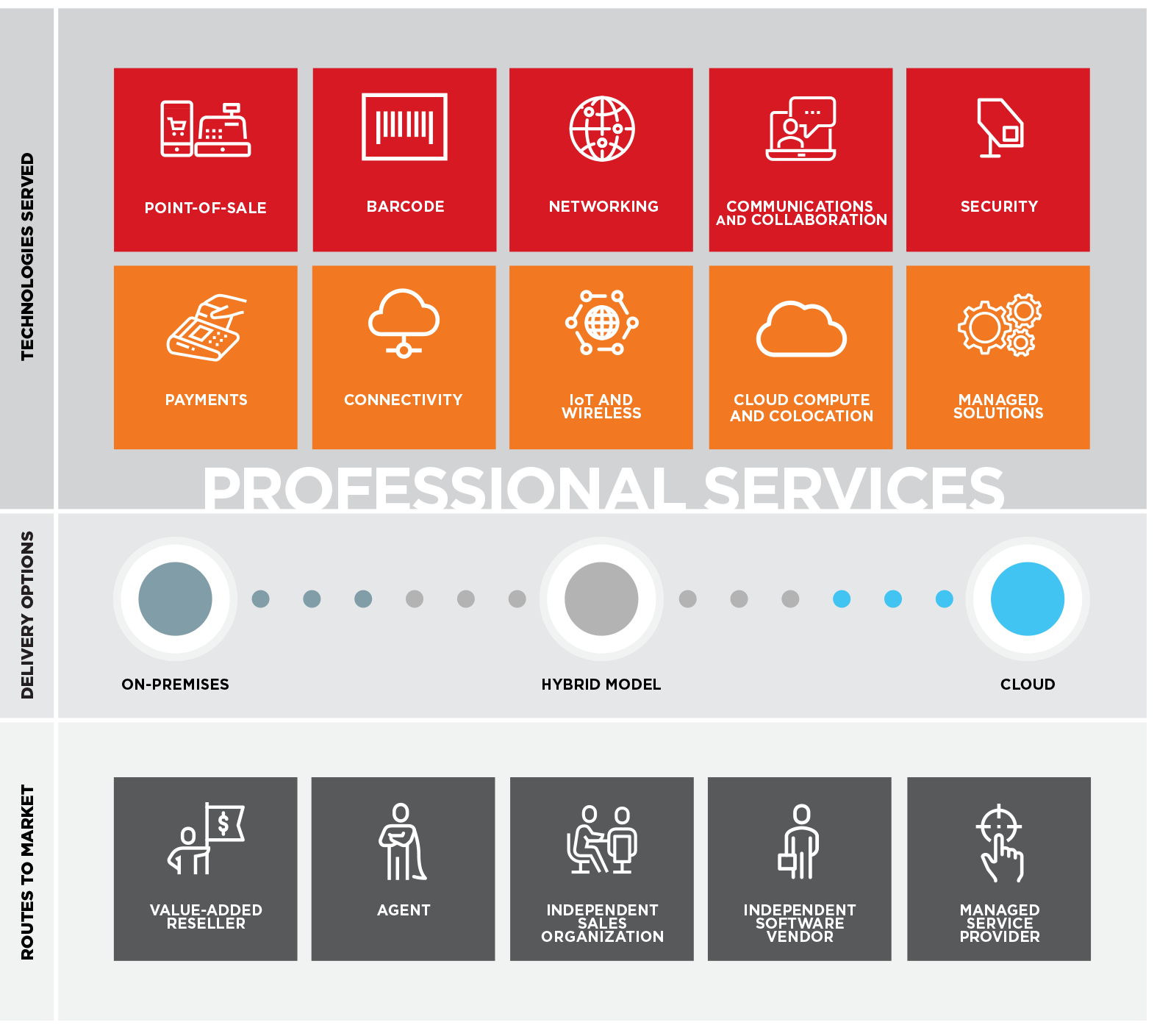Consumers are increasingly looking to do business with sustainable brands. One study from Unilever found that 33 percent of consumers choose businesses that are socially and environmentally sustainable, and Sustainable Brands reports that 86 percent of the market expect companies to have an environmental conscious. As a result, when you’re looking for unique growth strategies, improving your operations through environmentally friendly business decisions and technology can reduce your environmental footprint while giving a boost to your bottom line. Here’s a closer look at five strategies organizations are using to reduce waste, save energy and connect with consumers seeking eco-conscious brands.
1. Using smart technologies in the office
Have you ever been engaged in a battle over the thermostat with your office mate, or been frustrated to find that the lights were left on in conference rooms over the weekend? Smart technologies are giving companies an edge. Automated thermostats can keep temperatures at a steady burn while businesses are occupied, and then drop the temperature when no one is in the office. Sensors can be used to detect motion and turn lights on only when people are moving around the office. One source reports that smart technology can reduce energy consumption by 30 percent — and, used consistently, that can have a big impact on the bottom line.
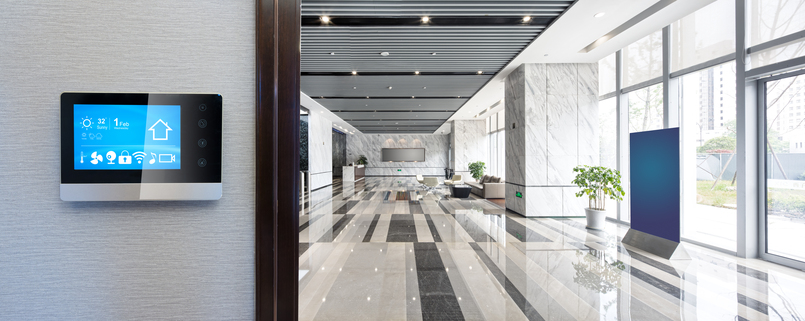
2. Shifting to digital signage
A shift to new technology has changed the way businesses think about signage. Digital signage is agile and allows organizations to remain dynamic in today’s age of fast-changing creative and campaigns. According to Digital Signage Today, shifting to digital signs can help companies save money and reduce their environmental impact. One of the most flexible and environmentally friendly options is projection. From brand-level signage to product and creative campaigns, projections allows you to continually evolve your in-store signage and branding in an efficient and environmentally friendly way.

3. Being aware of energy vampires
It’s not always the big appliances that drive your energy usage. Much of the energy used today is from so-called energy vampires: the computer left on over the weekend, the water cooler humming away when no one is in the office, or the display screen that’s perpetually on. By looking for technology that can be set on a timer, it’s possible to strategically minimize this “vampire” load. Smart power strips that turn off when the devices plugged in aren’t being used can also help. Finally, don’t underestimate the power of a good training program. Reminding your team to turn things off when they’re not in the office or to use power-saving modes can have a positive impact on energy use.
4. Looking at procurement policies
The way your business handles its buying and disposal policies can have a significant impact on both your footprint and your profits. Does your company look at sustainability as part of the procurement process?
Regularly upgrading your equipment helps keep your company current. Have a strategy that helps repurpose older furniture or computers your company is getting rid of. Waste360 estimates that 8.5 million tons of furniture is disposed of annually. Reselling or donating equipment can benefit others. Many cities and states run programs local businesses can take part in.
5. Evaluating business processes for environmental opportunities
Increasingly, companies are analyzing their business processes to save money and cut down their environmental impact. Consider how tools such as projectors can be used during company training sessions, creating immersive environments and reducing printing needs. Tools such as video conferencing and collaborative software are help limit company-related travel while keeping business moving forward. The biggest impact for growing organizations comes from looking at the way processes are engineered and decisions are made. Is there an environmentally savvy alternative to your current approach?
Organizations are finding that being environmentally conscious isn’t just good for the planet — it’s helping attract customers who want to do business with companies stewarding the environment. On another level, by saving money, reducing wastes and finding smart alternatives to expensive equipment, businesses are increasing their profits to reinvest back into their companies in meaningful ways.

